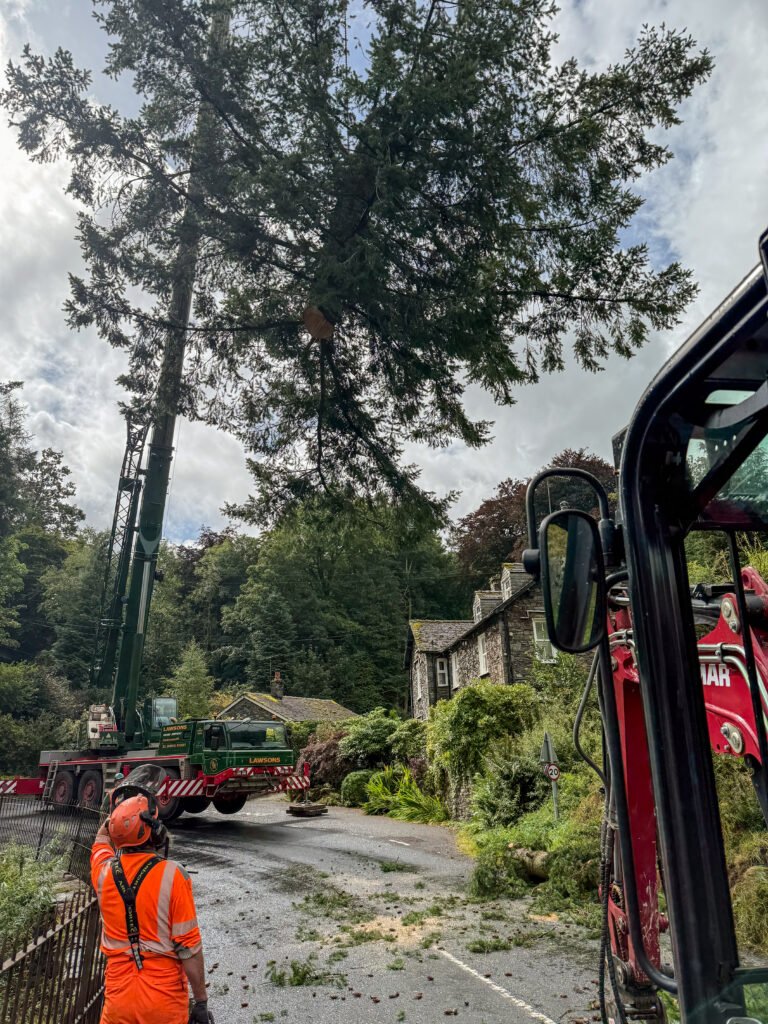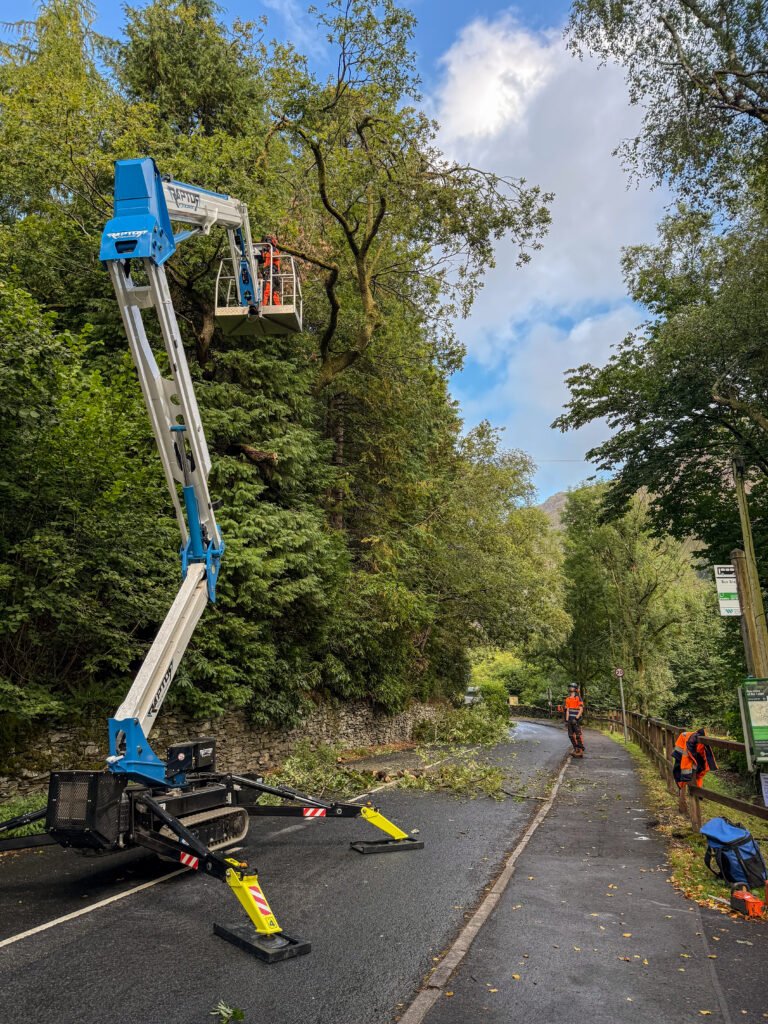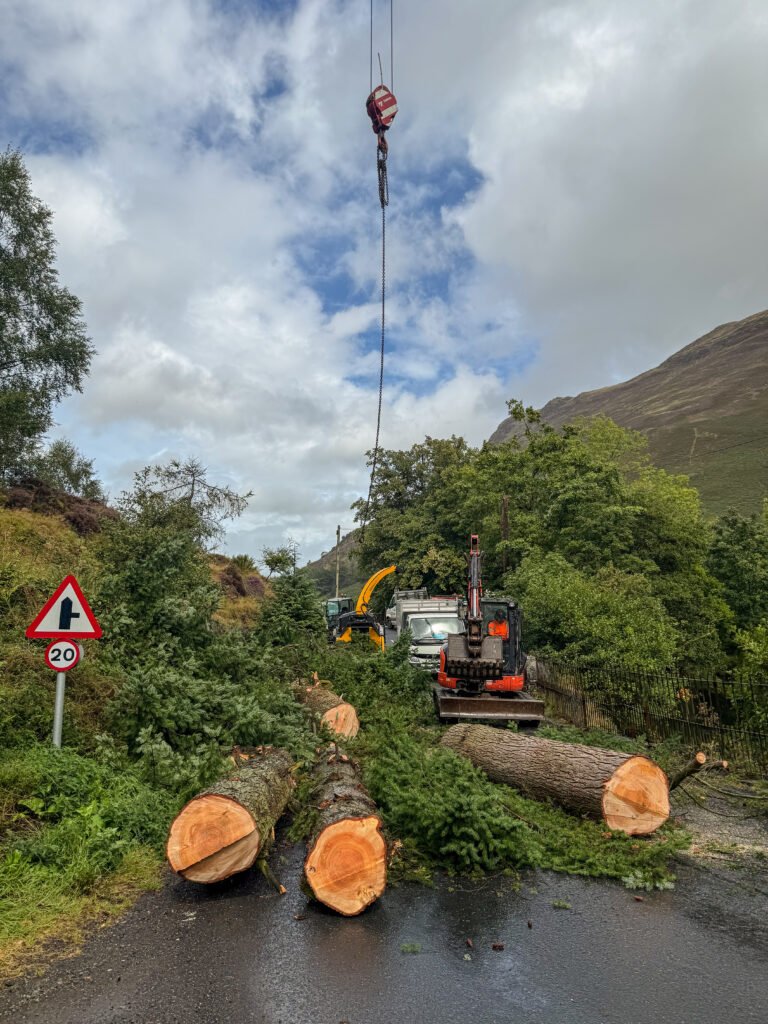With bird nesting season behind us, now is one of the best times of the year to get on top of tree and shrub care. From late summer into autumn, we have a clear window to manage vegetation responsibly, without disturbing nesting birds or impacting wildlife habitats.
Why Now?
The nesting season, which typically runs from March to August, places restrictions on when we can cut back hedges, and shrubs as well as damaged or diseased trees. Waiting until after this period means work can be carried out more freely, ensuring compliance with wildlife protection laws and safeguarding local biodiversity.



Key Benefits of Seasonal Vegetation Management
- Healthier Trees and Shrubs
Pruning at the right time encourages stronger growth, improves structure, and helps prevent disease. - Safety First
Removing dead or unstable branches reduces the risk of storm damage and keeps public areas safer. - Improved Access and Visibility
Cutting back overgrowth along footpaths, access routes, and roadways enhances safety and usability. - Controlling Invasive Growth
Late summer is an excellent time to deal with brambles, ivy, and other unwanted vegetation before it takes over. - Preparing for Future Projects
Site clearance at this stage sets the groundwork for winter planting, landscaping, or development work.
Sustainable Practices Matter
While this is the right season to carry out more intensive vegetation works, it’s still important to consider wildlife. Late-flowering plants can provide food for pollinators, and piles of cuttings can offer valuable shelter for small mammals and insects. Responsible management ensures a balance between practical needs and ecological care.
Final Thoughts
If you’ve been waiting for the green light to prune trees, trim hedges, or clear overgrown areas, now is the time. Thoughtful vegetation management not only keeps spaces tidy and safe but also supports the long-term health of your landscape.

